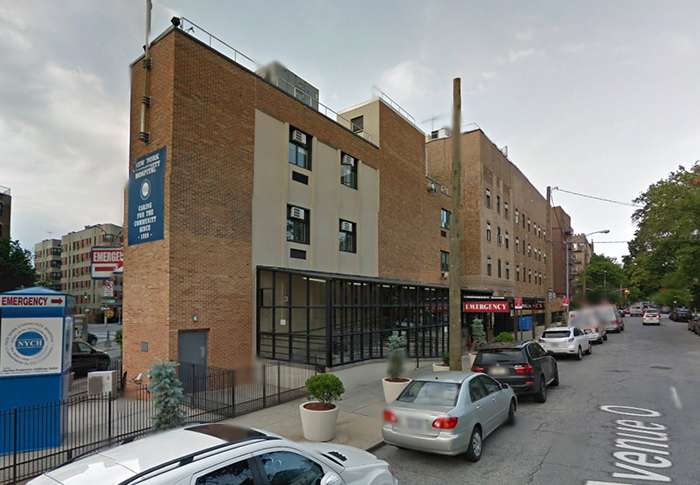Brooklyn hospitals fare abysmally in disputed federal rankings
Hospital group questions data’s reliability

New York State’s hospitals as a whole ranked last among the 50 states, according to a report card from the federal government. Shockingly, New York City’s hospitals were rated even lower than the state average – and Brooklyn’s hospitals scored lower than the city as a whole.
In July, the Centers for Medicare & Medicaid Services (CMS) released new ratings for roughly 3,600 hospitals across the country, assigning from one to five stars to each based on 64 quality measures.
The ratings are meant to provide consumers with a “snapshot” of local hospitals. They are based on data such as how often complications occur, the timeliness of care, the number of readmissions and deaths, and patients’ ranking of their experiences in the hospital.

Brooklyn Boro
View MoreNew York City’s most populous borough, Brooklyn, is home to nearly 2.6 million residents. If Brooklyn were an independent city it would be the fourth largest city in the United States. While Brooklyn has become the epitome of ‘cool and hip’ in recent years, for those that were born here, raised families here and improved communities over the years, Brooklyn has never been ‘uncool’.